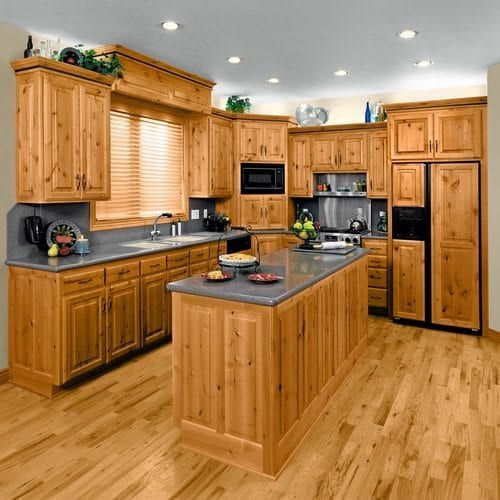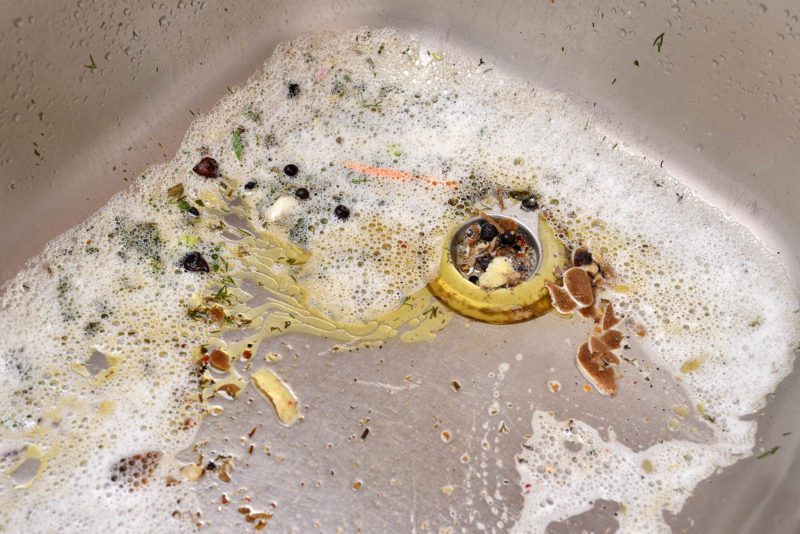Blog
Recessed Lighting: The Pros and Cons

When you’re planning out a home or kitchen remodel or a new build, lighting is an important consideration. In some places, you may want fancy light fixtures, such as a chandelier or statement lamp, but recessed lighting is becoming a popular choice in many modern homes because it allows for ample light without a central light source.
Instead, you can have a number of smaller single lights instead of a large central fixture, allowing for a spread of light throughout the room as opposed to only a portion of the room having adequate lighting.
The placement and warmth of the lighting have a huge impact on the aesthetics of your home. When you want more light without a distracting light fixture, recessed lighting will be your choice.
What Is Recessed Lighting?
Recessed lighting, also known as light fixture canisters, can lights, cans, or recessed spotlights, are light fixtures that have the majority of the light hidden above the ceiling. With the body of the light in a “can” within the ceiling, rooms have the illusion of having more space, there is more headroom for low ceilings, and can be “aimed” to “spotlight” a particular area.
Recessed lighting has become very popular for modern home designs due to its versatility and seamless integration into any space.
Recessed lighting is popular in entertainment rooms where the whole family can enjoy a movie together without impeding a projector or blocking the view of the TV or screen. Additionally, recessed lighting is popular in bedrooms, bathrooms, kitchens, dining rooms, living rooms, offices, and more.
In this article, we’ll discuss the pros and cons of recessed lighting in the kitchen, entertainment room, and other areas of the home.
Pros of Recessed Lighting
Here are some of the advantages of recessed lighting:
- Focused Light: Recessed lights emit light to a more focused area, shining brighter light. Additionally, recessed lights allow for spotlighting works of art, workspaces, and other key areas that need an extra boost of light.
- Require Less Cleaning: Light fixtures are often difficult to clean. Chandeliers and other larger fixtures can quickly collect dust, and the small crevices are challenging to clean. Recessed lights are much easier to clean since they are typically flush to the ceiling and require only a quick wipe-down.
- Clean Aesthetic: Recessed lighting gives a very clean, uncluttered aesthetic with clear lines. They don’t disturb contours with bulky fixtures and give the space a cleaner, more professional look. When off, they almost seem to disappear. This is one of the main reasons they are so popular in modern homes.
- Reliable Style: While home design trends come and go, recessed lighting has stayed in style throughout many trend changes.
- Reduced Glare: Because these lights are recessed, they are much less likely to create glare on the TV compared to an open light fixture. For this reason, they are ideal in spaces where TVs are typically found.
Cons of Recessed Lighting
As with all good things, there are some tradeoffs. Here are some of the disadvantages of recessed lighting:
- Complex Installation: Recessed lighting can be more complex to install. Attention must be given to properly routing the electrical wiring to each of the lighting fixtures. The holes cut in the ceiling must also be properly sealed to keep air from moving between the ceiling and attic.
- Insulation: Confined recessed lights have a chance of overheating and must be rated to come into contact with insulation to prevent fire hazards.
- Material Restrictions: Some ceiling materials are impractical for recessed lighting installation. These materials include ornamented plaster, concrete, or ceilings with a complex contour.
- Focused Light: Because the light is so focused, you need many more recessed lights than you would versus standard light fixtures to receive the same levels of light. Many homeowners have installed recessed lighting to find that they did not install enough light fixtures to illuminate the area to their liking.
What Do Recessed Canister Light Fixtures Cost?
Just like any other kind of lighting, canister lights have a wide range of costs depending on the quality and features. Most use LED lighting, though there are incandescent versions available.
Different levels of brightness (measured in Lumens), the temperature of the light (measured in Kelvins, ranging from bright white to a warm yellow), heat production, the housing, the bulb, and dimmable features can all affect the price.
Typically, the cost of recessed can light fixtures will range from $8 to $30 per individual light. Luckily, they can usually be purchased in multiples of four, six, or eight to cut down on price.
Recessed Lighting Maintenance & Repair
If installed correctly, canned recessed lighting needs very little maintenance. Occasionally, a light bulb or socket may burn out and need to be replaced. Wire connections can loosen and require reconnection. In rare cases, a thermal sensor can go bad, leading to the fixture “going dark” until the sensor cools down and allows the light to turn back on.
Most quality can lights will last for decades without any repair or maintenance needed at all. The most they may need is the occasional cleaning to keep the reflector compartment clean to keep reflecting the light downward.
Installing recessed can lighting can be tricky, so make sure to hire a professional who knows how to do it right. Apollo Home’s expert electricians can install recessed can lights throughout your home, as well as under cabinets. Contact Apollo Home at (513) 540-4082 for recessed lighting installation in Cincinnati today.









